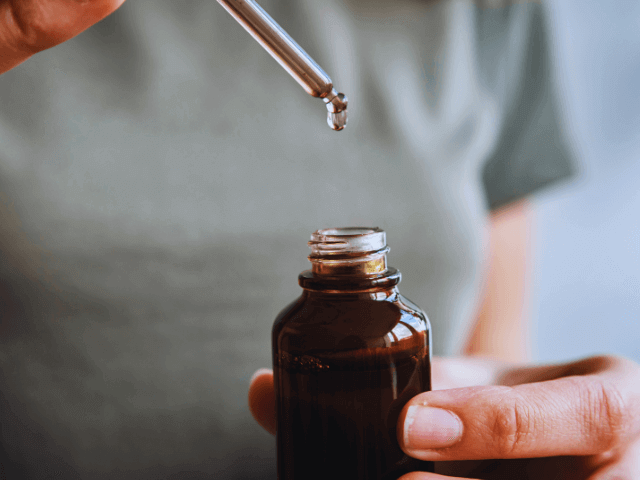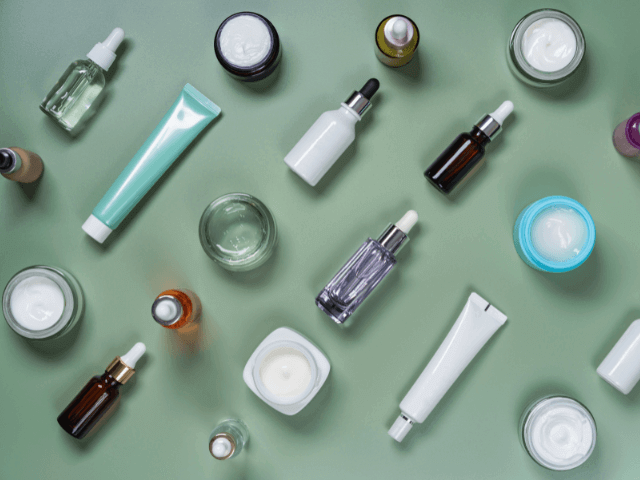Top 5 Sunscreen Ingredients for Acne-Prone Skin
19 August 2024
Today’s cosmeceuticals are very much focused on delivering active ingredients to the deeper layers of the skin, where they can contribute to change. While in the past, cosmetic formulations were only designed for protecting and nurturing the surface of the skin, progressively, the objective of current formulations is a more targeted approach towards correcting and mitigating skin deficiencies that contribute to skin disorders.
While in the past you may have seen vitamin C or vitamin A on its own, we are now seeing synergistic blends utilising traditional ingredients combined with other ingredients such as quercetin, alpha-lipoic acid, or vanillic acid. For this reason, we regularly review some of the new-generation ingredients for their characteristics and benefits.

Here we take a closer look at vanillic acid.
Why Serums?
What is vanillic acid?
In humans and rats, vanillin is metabolised into vanillic acid, which is excreted in the urine in both a free and conjugated form. In vivo, the mechanisms by which vanillic acid exerts anti-inflammatory effects have been confirmed. The anti-inflammatory mechanisms of vanillic acid are believed to involve the inhibition of oxidative stress, the production of pro-inflammatory cytokines, and the activation of nuclear factor kappa B.
Studies have found that vanillic acid is both analgesic and anti-inflammatory in numerous murine inflammation models, and its mechanisms of action involve antioxidants as well as NFκB-related inhibition of pro-inflammatory cytokine production (Calixto-Campos et al., 2015). These characteristics make it a valuable ingredient when delivering treatments that may pose a level of pain or discomfort, such as dermal needling.
When used internally, several studies have indicated that vanillic acid may contribute to the prevention of diabetic neuropathy by inhibiting the methylglyoxal-mediated intracellular glycation system (Huang et al., 2008; Prince et al., 2015).
Vanillic acid nutrient profile
Vitamin B
Antioxidants
Soothing burns
Pigmentation
Promotes hair growth
On the other hand, vitamins B5 and B6 help maintain the condition of your shaft and scalp. Pantothenic acid repairs the cuticle damage on every strand, thereby keeping enough moisture for your locks. Additionally, hair follicles need the help of vitamin B6 for oxygen delivery from the red blood cells.

A move away from multiple ingredients
As ingredients undergo more comprehensive evidence-based research, the new direction in cosmetic formulations is for a more minimalistic approach to ingredients.
As skin therapies move towards customised skin treatments with a targeted approach, it is important that the practitioner understand ingredient science, the activities of various ingredients, and how they will contribute to the treatment outcome for their client’s specific needs.
Your clients now have access to research and studies and come to you with their own preconceived ideas of what they believe is best for them. Promoting your choice of products or treatments based on the activity of specific ingredients is not only more scientific; it will also raise your client’s respect, trust, and confidence in your recommendations.
They will appreciate that you are not pushing a product at them just because you stock it, but that you are selecting it based on the activity of specific ingredients that their skin condition needs. These may appear to be minor shifts in your communication, but they will speak volumes in terms of your credibility and professionalism.